Smilegate strives to build a better world where future generations can live happier lives. To that end, it discovers and invests in companies with innovative technologies and values, supporting their growth and innovation. These efforts foster new markets, create jobs, and promote the development of technologies that benefit society. In the Startup Garage series, we explore companies that are spreading “social impact” in partnership with Smilegate.
“Smilegate has a great vibe.”
Kim Jung-eun, CEO of JamJam Therapeutics, who received investment and support from Smilegate Investment (SIV) and the Smilegate Orange Planet Foundation (OPF), described Smilegate this way.
According to the dictionary, "vibe" means the feeling or atmosphere perceived from a person or place. It conveys the idea that emotion and empathy can be communicated through atmosphere. According to CEO Kim, SIV was never in a rush. They listened with empathy and offered reassurance, helping to calm her anxiety and urgency. OPF spared no effort in offering guidance and support. Their mentoring and investor network provided more than just funding—they offered direction and strategic advice for the business.
JamJam Therapeutics, led by CEO Kim, develops and services rehabilitation games for children with conditions like cerebral palsy who require rehabilitation. Their solution uses a tablet PC’s front-facing camera to recognize hand movements, helping to activate neuroplasticity through upper limb rehabilitation exercises. The games are designed to make rehabilitation fun—like playing a game. Children can easily access the therapy at home without any special equipment, ensuring both convenience and continuity.
Don’t assume that just because it’s a game, the therapeutic effect is low. JamJam’s solution differs from other functional games that either fail to be fun enough to encourage repeat engagement or prioritize game mechanics at the expense of therapeutic outcomes. With a long career as a planner of successful online RPGs, Kim’s ability to create immersion lowered the barrier to rehabilitation. Rehabilitation exercises are most effective when performed frequently and consistently. The more often children engage, the greater the likelihood of improvement.
Thanks to this approach, JamJam’s solution is expected to address the challenges of traditional offline rehabilitation, which tends to be complicated, time-consuming, expensive, and lacking continuity. Anyone can easily download and use the app, whether to complement in-center rehabilitation or as a standalone treatment at home.
With investment and support from SIV and OPF, JamJam Therapeutics has accelerated its growth. The company opened a rehabilitation center in Pangyo, offering services that combine offline and digital therapy. This hybrid model enhances physical accessibility while aiming to increase the sustainability of treatment through an app-based solution. As a result, the company expects improved therapeutic outcomes and reduced costs. Parents of children with cerebral palsy have responded positively to the app, the center, and the overall rehabilitation process.
We asked what sparked her interest in developing rehabilitation games after working at one of Korea’s top companies.
Her child has cerebral palsy. It was extremely difficult to keep up with rehabilitation therapy—it was far away, expensive, and felt highly inefficient. It seemed as though this field was stuck in the past, disconnected from the rest of the modern world.
So she began thinking about how to enable rehabilitation at home, which led to creating the app. Rehabilitation therapy has textbook movements—one well-known example is the “JamJam” motion. She incorporated this into the app with help from external developers so her child could follow along. After trying it, her child’s muscle stiffness began to ease. There was a real, noticeable improvement. That’s what inspired her to start the company.
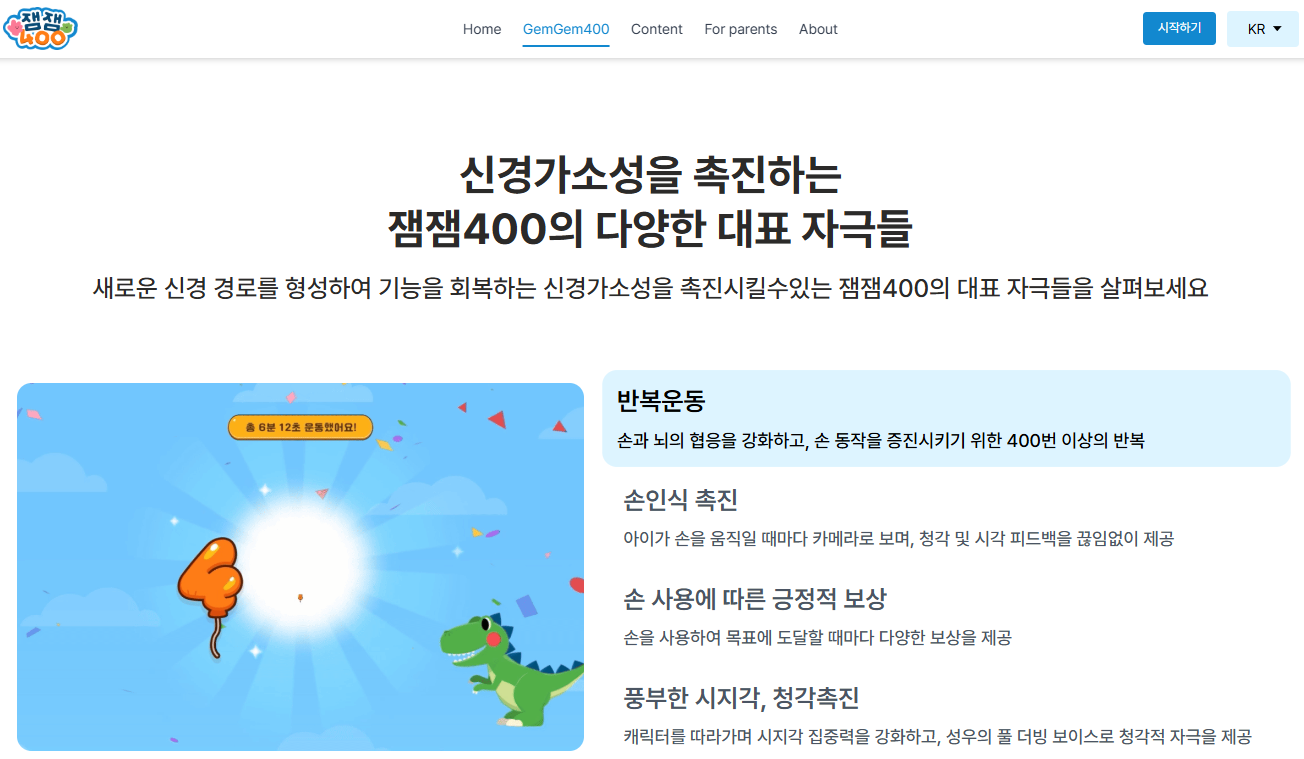
You started this with a mother’s heart, but it seems like making a game for therapeutic purposes wouldn’t be easy to make fun. What were some of the main challenges during development?
I worked for 10 years as a planner for long-running online games, where I implemented high-level reward systems to retain users. But this game is different.
While making the game, I met many children—4, 5, 6-year-olds. A child’s brain is different from an adult’s, which is often overstimulated with dopamine. Children can feel great satisfaction from just a small visual cue.
So I aimed for low-stimulation gameplay. I made this game for my own child, and I hoped that other kids who played it would feel the same way. I wanted them to feel a sense of achievement without needing overly stimulating elements. In the end, the gentler approach brought better results.
One of the goals I set when developing the game was “tempo.” I didn’t want the game to drive the child forward—I let the child set the pace. There were no penalties for not playing. Instead, I included a storyline so the child would want to keep using their hands to see what happens next.
I wanted our product to be a sustainable solution. Ours wasn’t the first attempt—there have been hundreds of products, but many didn’t survive. The barriers to entry and survival in this field are high. So I focused on creating a game that delivers true value and effective outcomes for those who need it most.
Do you have any memorable stories from providing this game to users?
I heard a story about a child who was able to clench their fist for the first time thanks to the game. That’s the potential children have. If a child has never used their hand properly, they can still learn to use it with the right support. This child was so eager to play the game that even when it was frustrating, they kept trying. They actively participated in the therapy to earn in-game rewards—and in the end, they were able to clench their fist.
The day I heard this story was also the day we received our first investment funds. But this news meant more to me than money. I couldn’t help but think, “Yes—this is exactly why I made this.” My heart was full.
There was another child who had been attending rehabilitation therapy three times a week, costing over 2,000 dollars per month. After using our game, they reduced visits to once a week and continued rehab steadily at home. The results were excellent. This proved that digital rehabilitation can reduce financial burdens while still delivering improvement. I want to spread this further.
The high repurchase rate also stands out. It shows that we correctly identified the users’ needs and built a product aligned with that direction.
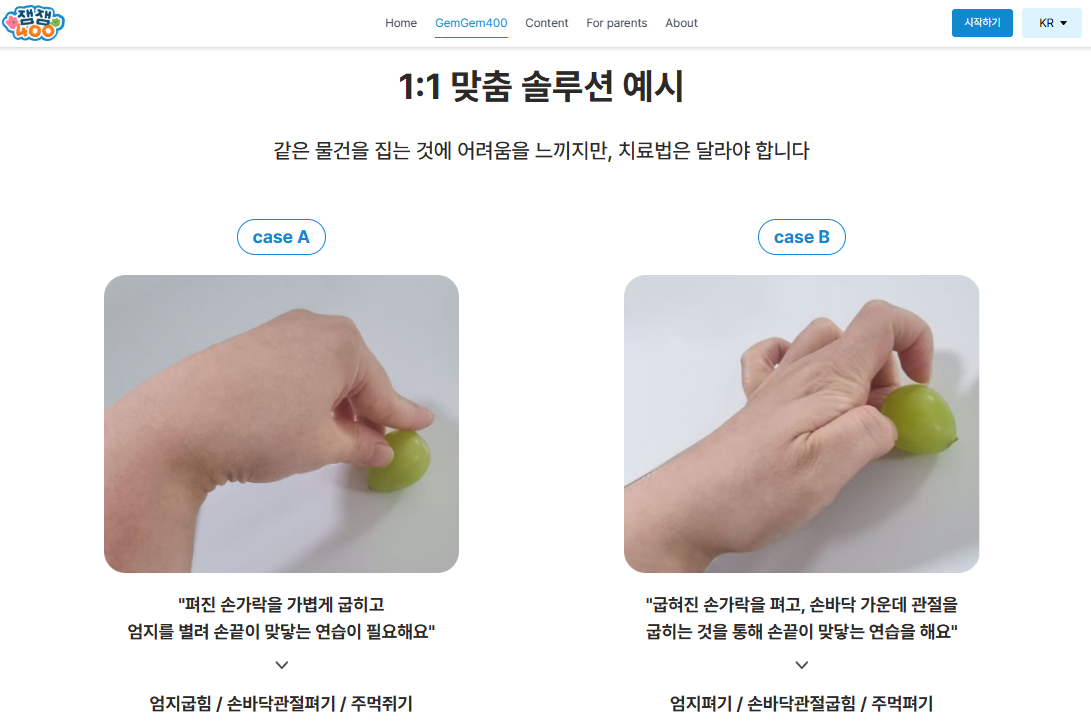
You launched the game and received investment from Smilegate. What changed the most after the investment?
It’s the insight they gave me. They said things that encouraged me to take on new challenges. One of those was the idea of opening an offline rehabilitation center. I used to think vaguely, “I’ll do it someday,” but the investment pushed me to actually start. It wasn’t just about the funding—Smilegate directly proposed the idea.
Honestly, some people around me were against it. They felt it was too early and risky. But I went ahead anyway—and looking back now, I think it was absolutely the right decision. Thanks to that move, we were able to provide offline assessments and enable children to continue therapy at home via the game. I think I was able to take that leap because of the sound advice and funding I received.
투자 받고 재활 센터를 개원했다. 게임과 같이 병행하는 치료의 반응은 어떤가?
You opened a rehabilitation center after receiving investment. How have people responded to combining therapy with the game?
Rehabilitation center is more than just a treatment facility—it offers hope and possibility to both parents and children. By adding the game, it drastically reduces treatment costs and time while maximizing effectiveness.
The center provides traditional rehabilitation therapy, led intensively by doctors. Then, at home, children use the game to continue moving frequently as a complementary form of therapy.
This isn’t about replacing physical centers with digital tools. For example, if someone used to visit the center three to five times a week, now they can come once a week and continue their treatment at home using our solution. It’s like attending regular school and supplementing it with private tutoring. Parents of children with cerebral palsy have given positive feedback on the app, the center, and the overall rehabilitation process—I feel proud of that.
The location requirements for the center are quite strict. Since parents bring children with them, accessibility is crucial. There needs to be ample parking and smooth roads. When I visited cities with such conditions, I was surprised to find so many rehabilitation centers there. I didn’t know such a world existed—because people with disabilities are often isolated. If you don’t experience it, you don’t know it exists.
Most people don’t know what to do when their child is born with a disability. I hope our solution becomes something they can naturally turn to—something cost-effective that saves them from wasting time hunting down scattered information.
I dream of transforming the rehabilitation ecosystem. Right now, this field is too outdated and inefficient. It’s not just Korea—other countries face the same issue. One user in New York told me it costs $200 for a 30- to 40-minute session at a rehab center, and yet they still have to go. If we can improve this situation even a little, that in itself would be incredibly rewarding.
What have been the best parts of working with Smilegate?
In one word: the people at Smilegate have a great vibe. They empathize. They’re not pushy. They provide comfort and reassurance. When I was preparing for the TIPS program and overwhelmed with stress, they simply said, “It’s okay—you’ll get through it,” and encouraged me. I’ve heard that many VCs can be demanding, but Smilegate wasn’t like that. They helped calm my anxious heart. It was truly comforting.
I also liked how I could talk to them like a senior mentor. I could vent and seek advice. Founders want to hear from people who’ve walked the same path. In that sense, Smilegate’s support program felt like condensed wisdom from someone who’s been there. Instead of judging just by documents, they’d say things like, “I’ve been through it,” “That’s how it goes,” or “It gets better.” I received a lot of empathy and comfort.
Being a resident startup at Orange Planet also helped. When people see “Orange Planet” on your business card, they react positively—it gives the impression that you’re a recognized startup. When I say I got investment from Smilegate Investment, I often hear, “Oh wow, from them?” I really believe early investment from them helps a lot with future funding rounds.
Oh—and it was also great that SIV and OPF were located in the same building. I could just take the elevator up to meet them. The accessibility was a huge help. And on a fun note, I remember when Dan Houser, the founder of Rockstar Games, visited the building. When would I ever get a chance to be around someone like that? It felt like standing on the shoulders of giants.
What are your future plans and vision?
By 2025, we plan to expand our repertoire to over 17 types of rehabilitation movements and offer our solution to more users. We also aim to release new game solutions based on popular intellectual properties (IP) tailored for young children.
We want to create sustainable rehabilitation solutions. Our mission is to help children with disabilities and their families lead better lives. We aim to deliver a product that offers hope and a sense of achievement to every child.
We’re also considering expanding our scope. The same solution used for cerebral palsy can be applied to stroke recovery. To ensure sustainability, we plan to target those with the highest needs first.
We also plan to use our investment to improve our AI models, develop more rehabilitation content, and attract new users. Our goal is to increase access to rehabilitation for children with disabilities and raise global awareness of our solutions.
However, when quoting content in articles, please credit it as “Smilegate Newsroom.”




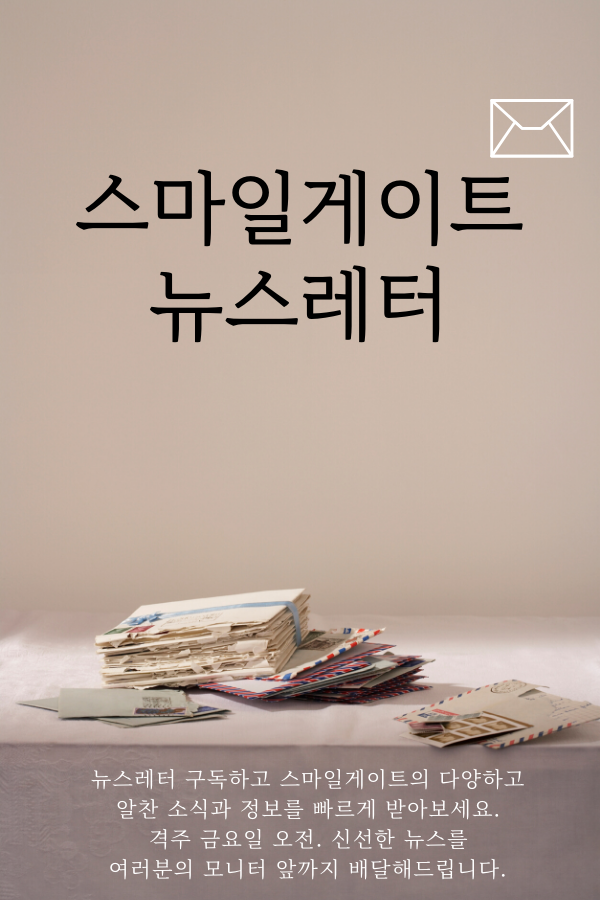
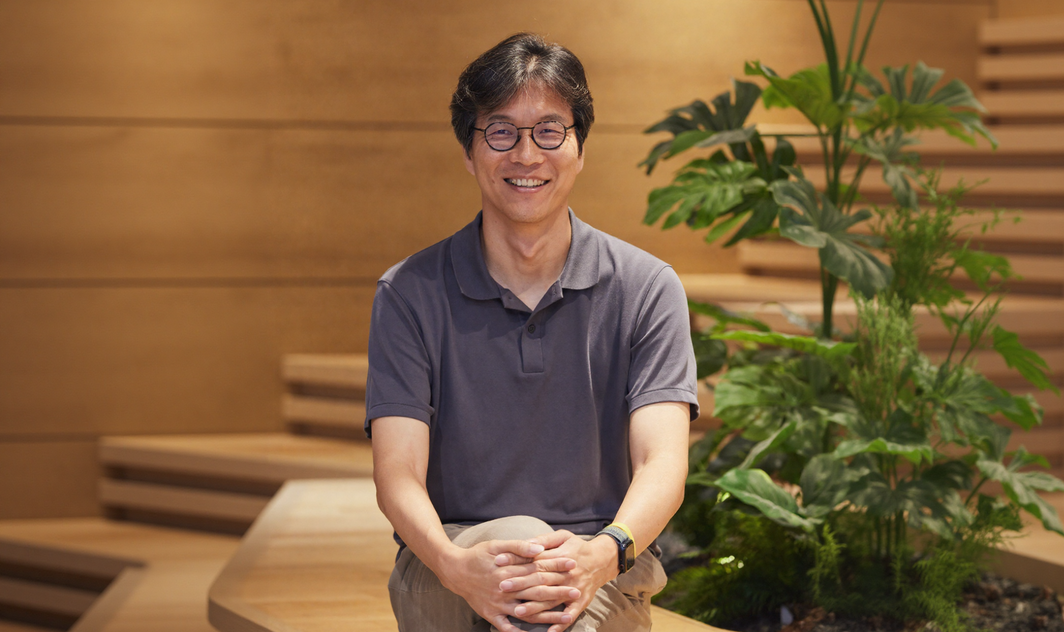
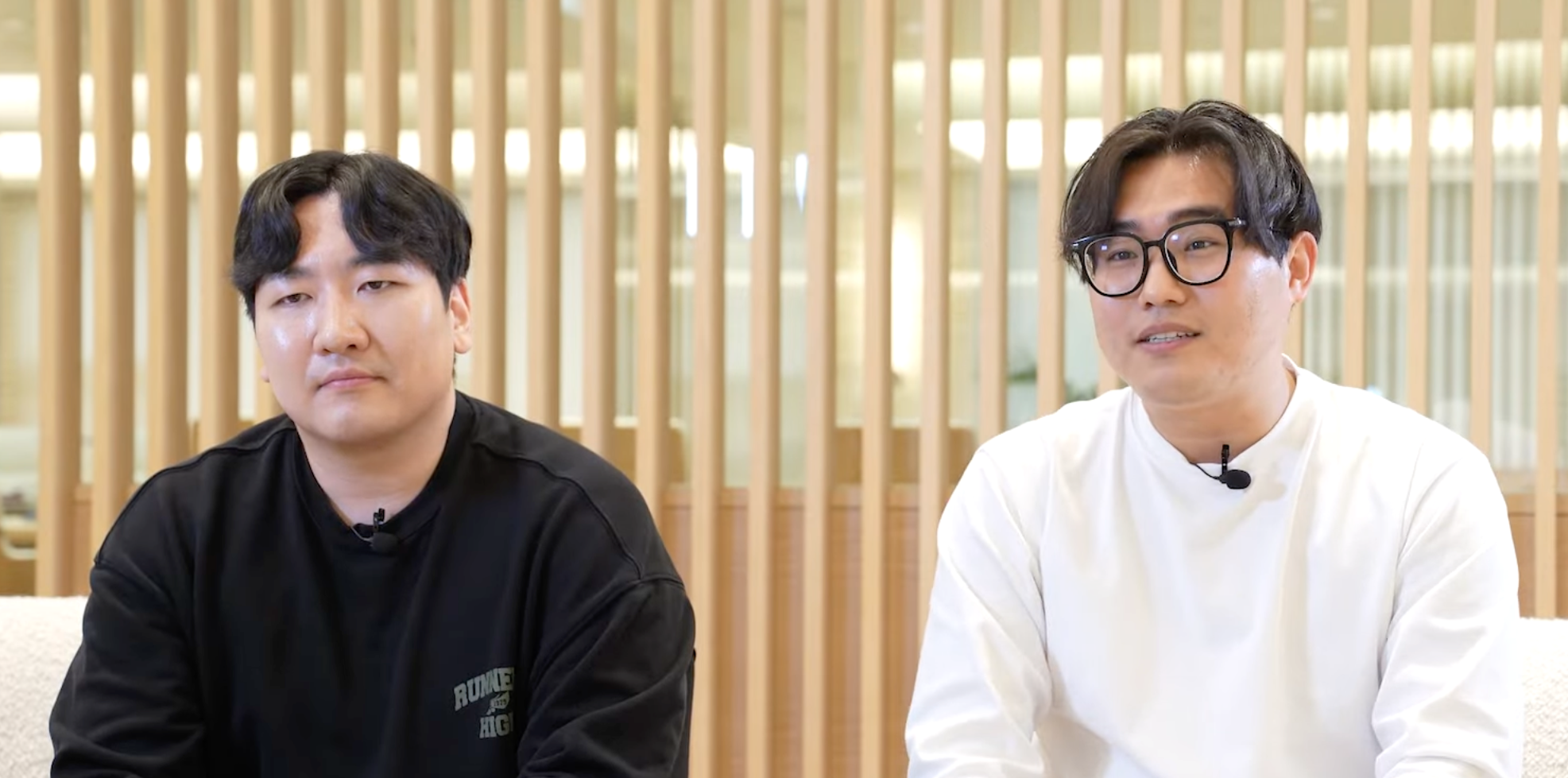

 TOP
TOP
